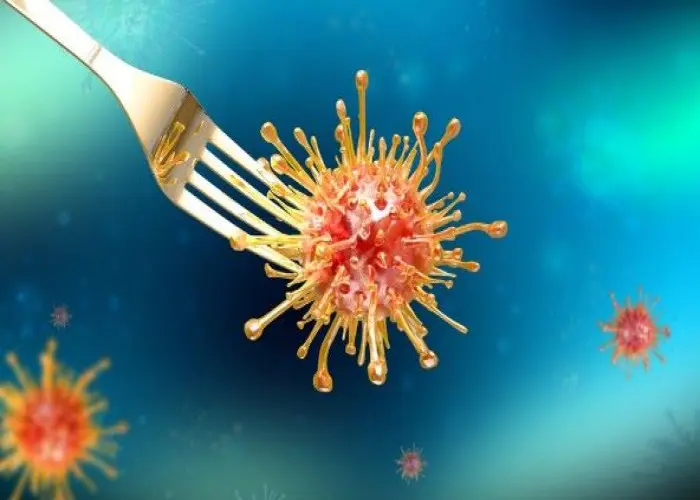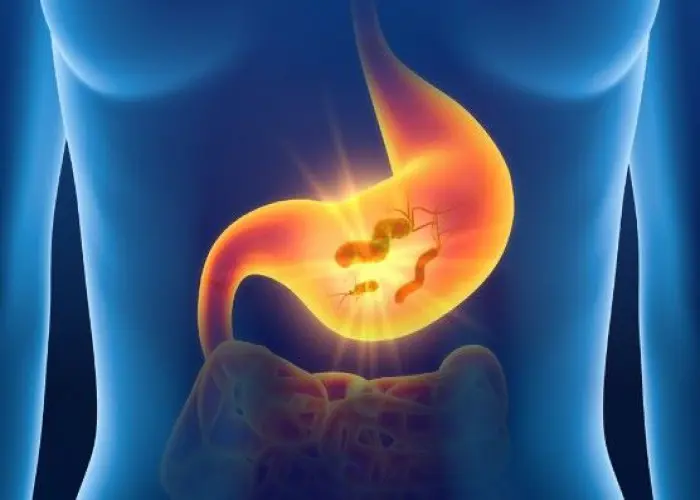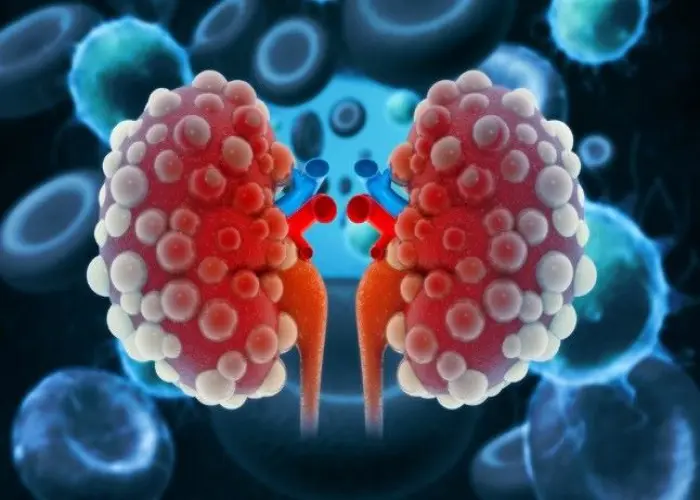 Welcome
Welcome
“May all be happy, may all be healed, may all be at peace and may no one ever suffer."
Merkel cell carcinoma

Merkel cell carcinoma is a rare and aggressive type of skin cancer that typically develops on sun-exposed areas of the body, such as the face, neck, and arms. It arises from Merkel cells, which are found in the skin and are responsible for touch sensation.
The cause of Merkel cell carcinoma is not completely understood, but it is believed to be related to a combination of environmental and genetic factors. People with weakened immune systems, such as those with HIV, are at increased risk of developing the disease.
Symptoms of Merkel cell carcinoma include a painless, firm, and rapidly growing nodule or bump on the skin, often with a red or blue hue. The cancer can spread quickly to nearby lymph nodes and other parts of the body, including the liver, lungs, and brain.
Treatment for Merkel cell carcinoma typically involves surgical removal of the tumor, followed by radiation therapy or chemotherapy to kill any remaining cancer cells. Immune-based therapies such as checkpoint inhibitors may also be used in some cases. Prognosis depends on several factors, including the stage of the cancer, the location of the tumor, and the individual's overall health. Early detection and treatment offer the best chance of a positive outcome.
Research Papers
Disease Signs and Symptoms
- Swollen lump or skin nodules
- Tissue cancer or tumor
- Skin cancer
Disease Causes
Merkel cell carcinoma
It's not clear what causes Merkel cell carcinoma. Merkel cell carcinoma begins in the Merkel cells. Merkel cells are found at the base of the outermost layer of your skin (epidermis). Merkel cells are connected to the nerve endings in the skin that are responsible for the sense of touch.
Researchers recently discovered that a common virus plays a role in causing most cases of Merkel cell carcinoma. The virus (Merkel cell polyomavirus) lives on the skin and doesn't cause any signs or symptoms. Just how this virus causes Merkel cell carcinoma has yet to be determined. Given that the virus is very common and Merkel cell carcinoma is very rare, it's likely that other risk factors play a role in the development of this cancer.
Disease Prevents
Merkel cell carcinoma
While exposure to sunlight isn't proved to cause Merkel cell carcinoma, it is considered a risk factor for this cancer. Reducing your sun exposure may reduce your risk of skin cancer. Try to:
- Avoid the sun during peak hours. Avoid sun exposure as much as possible during the strongest sunlight hours of the day — typically from 10 a.m. to 4 p.m. Move your outdoor activities to a time earlier in the morning or later in the day.
- Shield your skin and eyes. Wear a wide-brimmed hat, tightly woven clothing and sunglasses with ultraviolet (UV) light protection.
- Apply sunscreen liberally and often. Use a broad-spectrum sunscreen with an SPF of at least 30, even on cloudy days. Apply sunscreen generously, and reapply every two hours — or more often if you're swimming or perspiring.
- Watch for changes. If you notice a mole, freckle or bump that's changing in size, shape or color, talk to your doctor. Most skin nodules never become cancer, but catching cancer in its early stages increases the chances that treatment will be successful.
Disease Treatments
Treatments for Merkel cell carcinoma can include:
- Surgery. During surgery, your doctor removes the tumor along with a border of normal skin surrounding the tumor. If there's evidence that the cancer has spread to lymph nodes in the area of the skin tumor, those lymph nodes are removed (lymph node dissection).
- The surgeon most often uses a scalpel to cut away the cancer. In some cases, your doctor may use a procedure called Mohs surgery.
- During Mohs surgery, thin layers of tissue are methodically removed and analyzed under a microscope to see whether they contain cancer cells. If cancer is found, the surgical process is repeated until cancer cells are no longer visible in the tissue. This type of surgery takes out less normal tissue — thereby reducing scarring — but ensures a tumor-free border of skin.
- Radiation therapy. Radiation therapy involves directing high-energy beams, such as X-rays and protons, at cancer cells. During radiation treatment, you're positioned on a table and a large machine moves around you, directing the beams to precise points on your body.
- Radiation therapy is sometimes used after surgery to destroy any cancer cells that remain after the tumor is removed.
- Radiation may also be used as the sole treatment in people who choose not to undergo surgery. Radiation can also be used to treat areas where the cancer has spread.
- Immunotherapy. In immunotherapy, drugs are used to help your immune system fight cancer. Most often, immunotherapy is used to treat Merkel cell carcinoma that has spread to other areas of your body.
- Chemotherapy. Chemotherapy uses drugs to kill the cancer cells. Chemotherapy drugs can be administered through a vein in your arm or taken as a pill or both.
- Chemotherapy is not used often, but your doctor may recommend it if your Merkel cell carcinoma has spread to your lymph nodes or other organs in your body, or if it has returned despite treatment.
Disease Diagnoses
Disease Allopathic Generics
Disease Ayurvedic Generics
Disease Homeopathic Generics
Disease yoga
Merkel cell carcinoma and Learn More about Diseases

Stomatitis

Food poisoning

Broken wrist

Esthesioneuroblastoma

Gastritis

Primary biliary cholangitis

Painful intercourse (dyspareunia)

End-stage renal disease
merkel cell carcinoma, মার্কেল সেল কার্সিনোমা
To be happy, beautiful, healthy, wealthy, hale and long-lived stay with DM3S.
